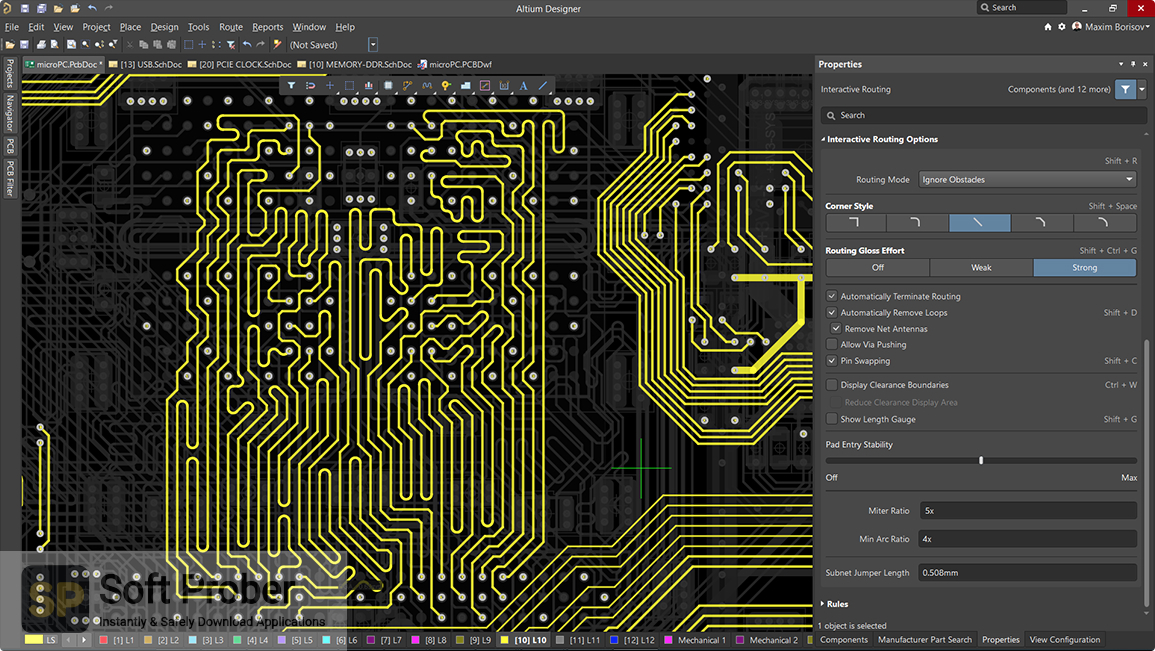


All major export formats are supported: PDF, SVG, HPGL, Postscript. It also offers hierarchical conversion for complex designs, which simplifies multi-sheet schematics into sub sheets. The interface is neat and functional, with a focus on essential tools. Schematic Capture with Eeschema: KiCad provides an elegant and functional schematic capture solution, with all tools available as you may require.The highlights and key features of KiCad are discussed here. Let’s take a look at the main features of this program. KiCad integrates all the above tools to provide the user a central design environment. Bitmap2Component: (Image to PCB footprint conversion).Pcbnew: (PCB layout solution, with 3D capabilities).Eeschema: (Schematic Capture and editor).The third section is titled "Analyze data." The third section says, "Use AWS and third-party services to analyze your data to gain insights." Nearby icons show ways of analyzing data: "artificial intelligence (AI)," "advanced analytics," and "machine learning (ML). The features are "Control access to data," "Optimize cost with storage classes," "Replicate data to any Region," "Access from on-premises or VPC," "Protect and secure your data," and "Gain visibility into your storage." The second section also has icons that show Amazon S3 features. Upload any amount of data." A nearby illustration shows a bucket that contains a square, a circle, and a triangle. The second section has more text under the heading "Store data." The text says, "Create bucket, specify the Region, access controls, and management options. The second section is titled "Amazon S3." The second section says, "Object storage built to store and retrieve any amount of data from anywhere." The second section has an illustration of an empty bucket. The first section is titled "Move data." The first section says, "Move your data to Amazon S3 from wherever it lives – in the cloud, in applications, or on-premises." Nearby icons show different types of data: "analytics data," "log files," "application data," "video and pictures," and "backup and archival." The first section has an illustration of a database, a server, and a document. Three sections display from left to right. The diagram shows how to move data to Amazon S3, manage stored data in Amazon S3, and analyze data with other services.


 0 kommentar(er)
0 kommentar(er)
